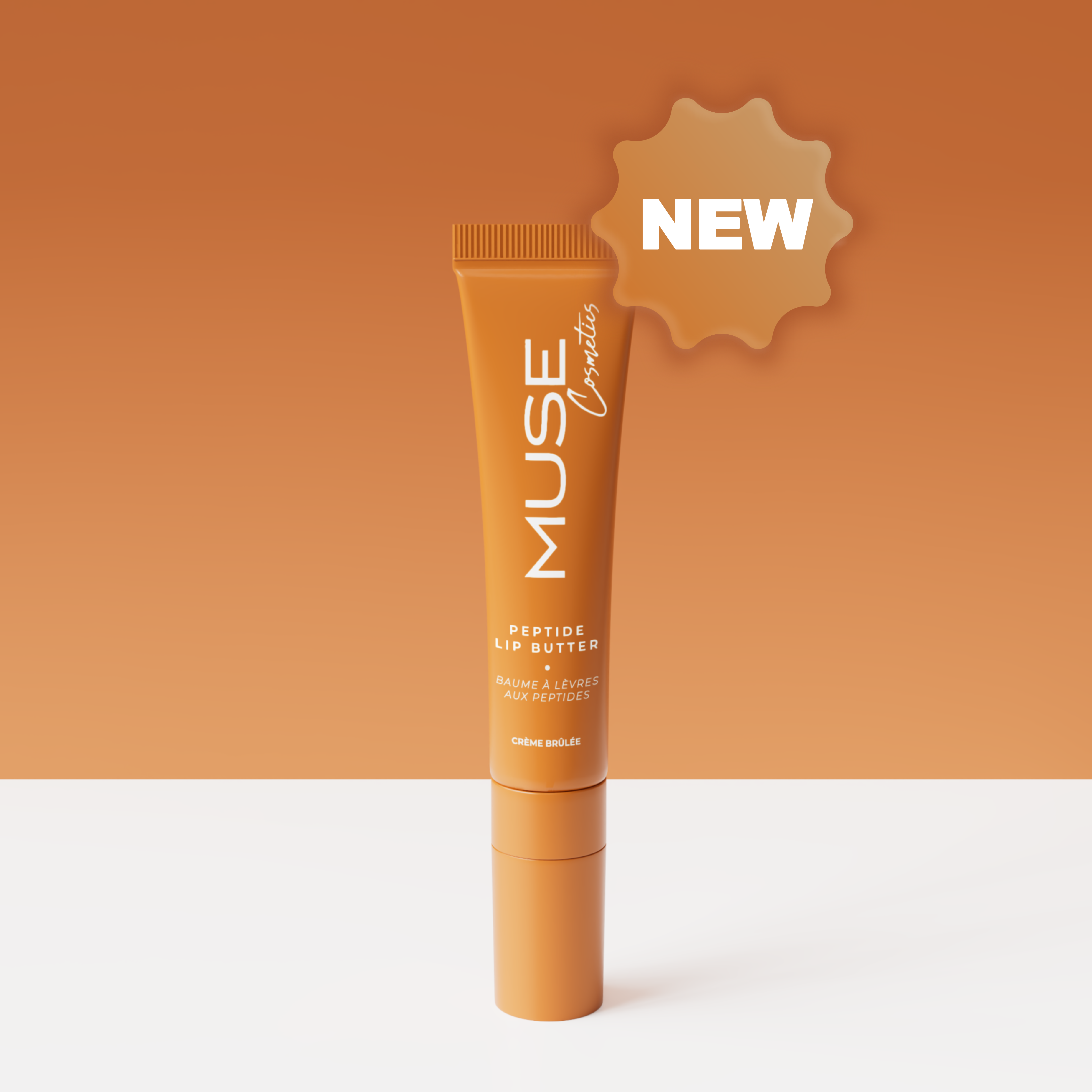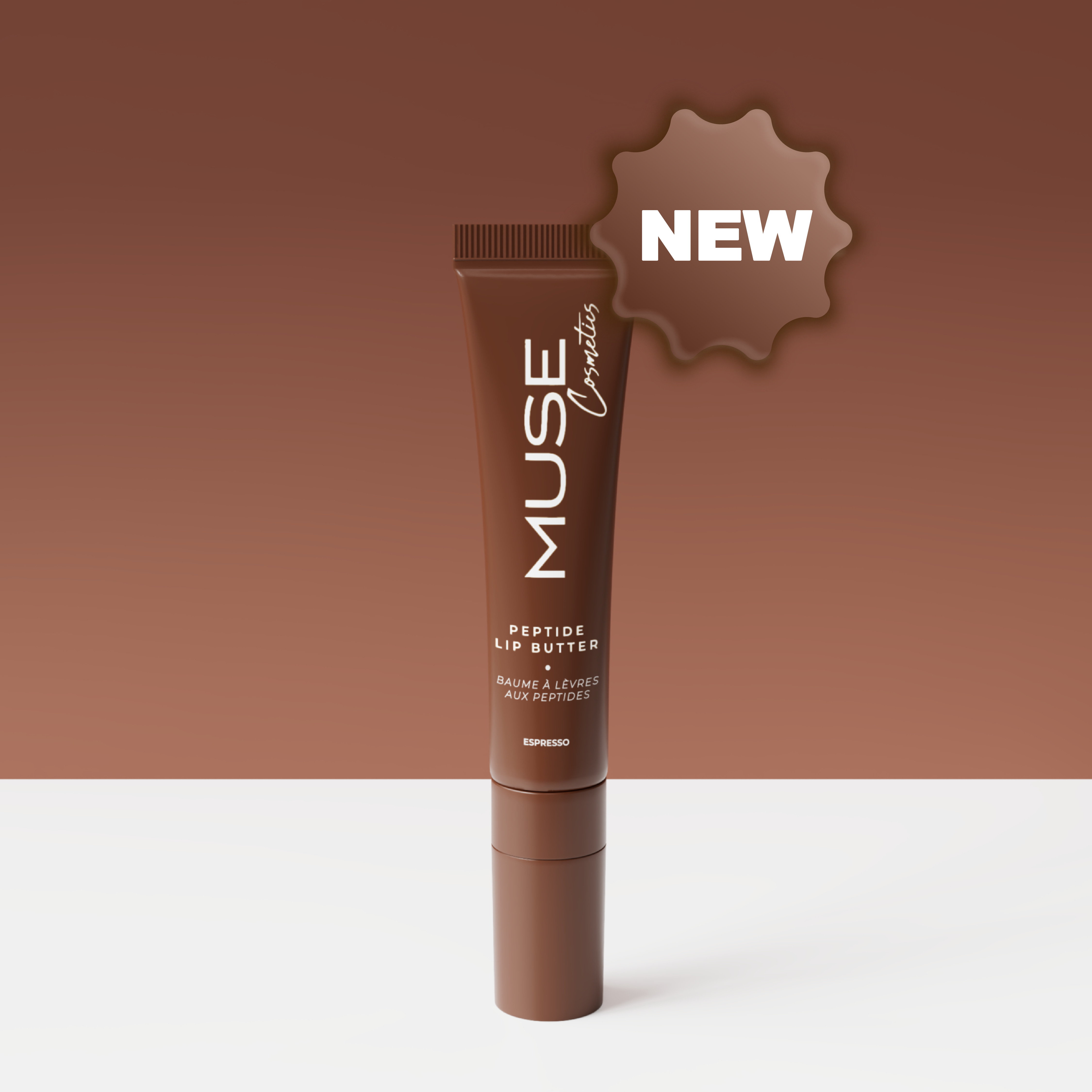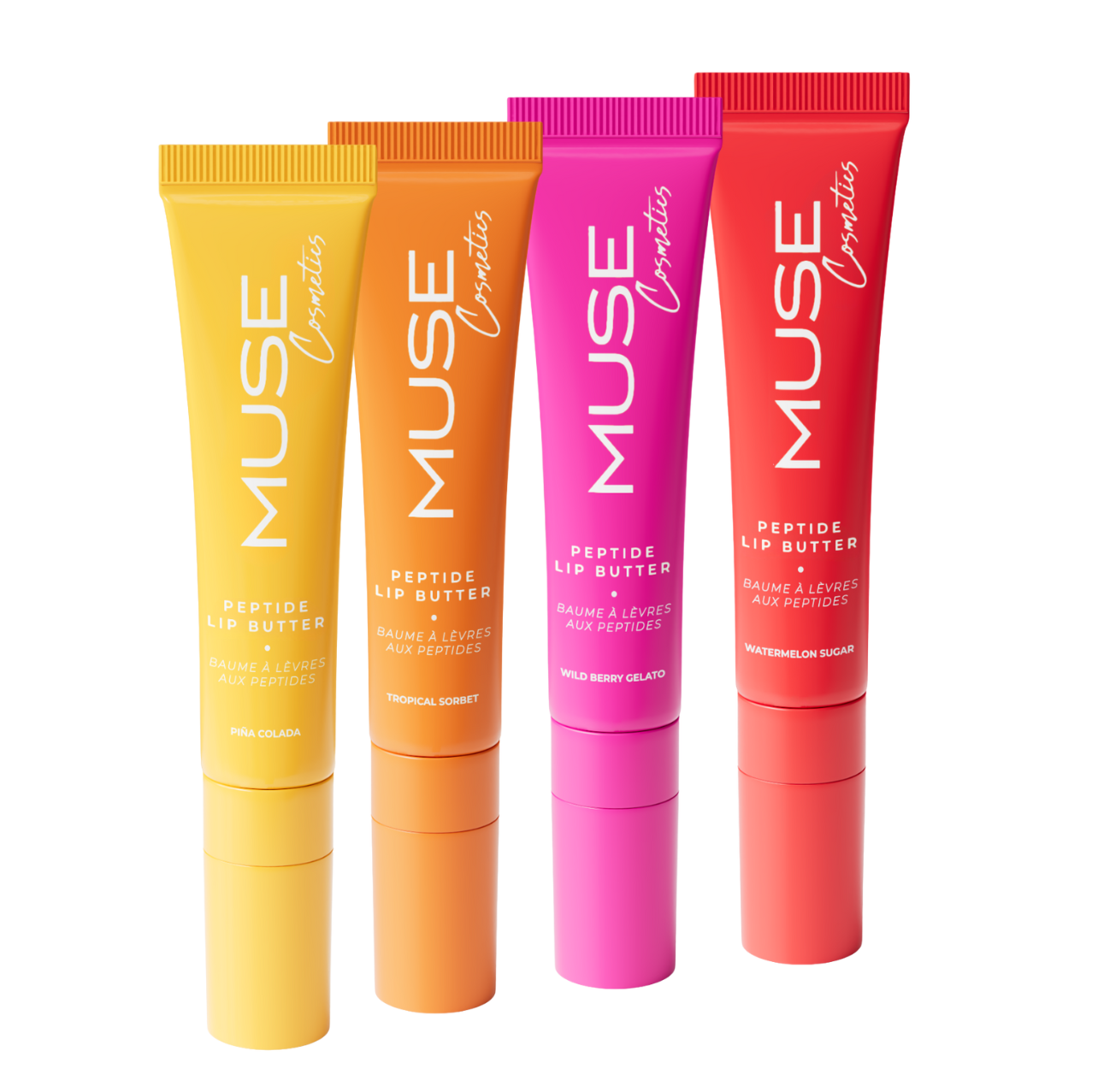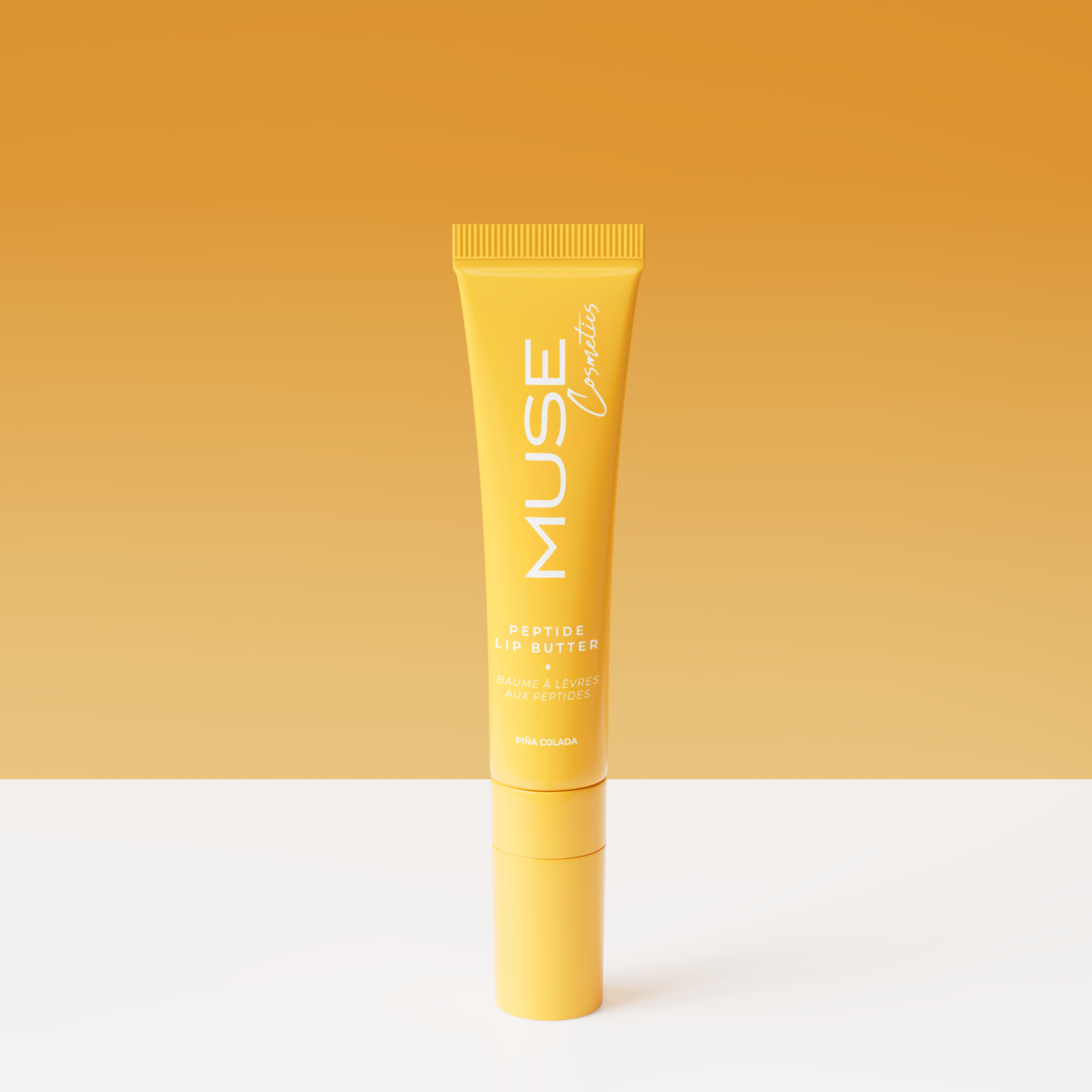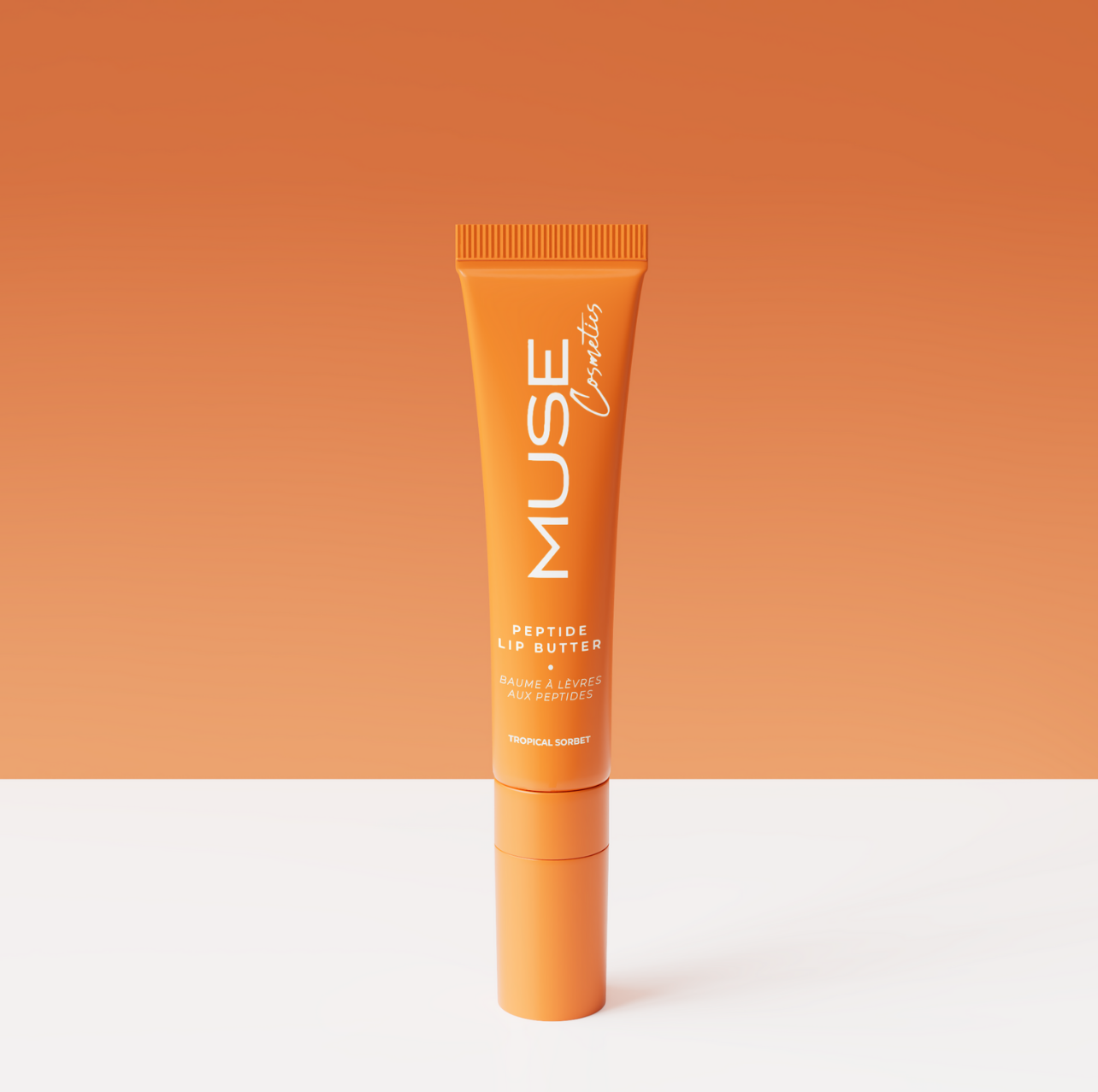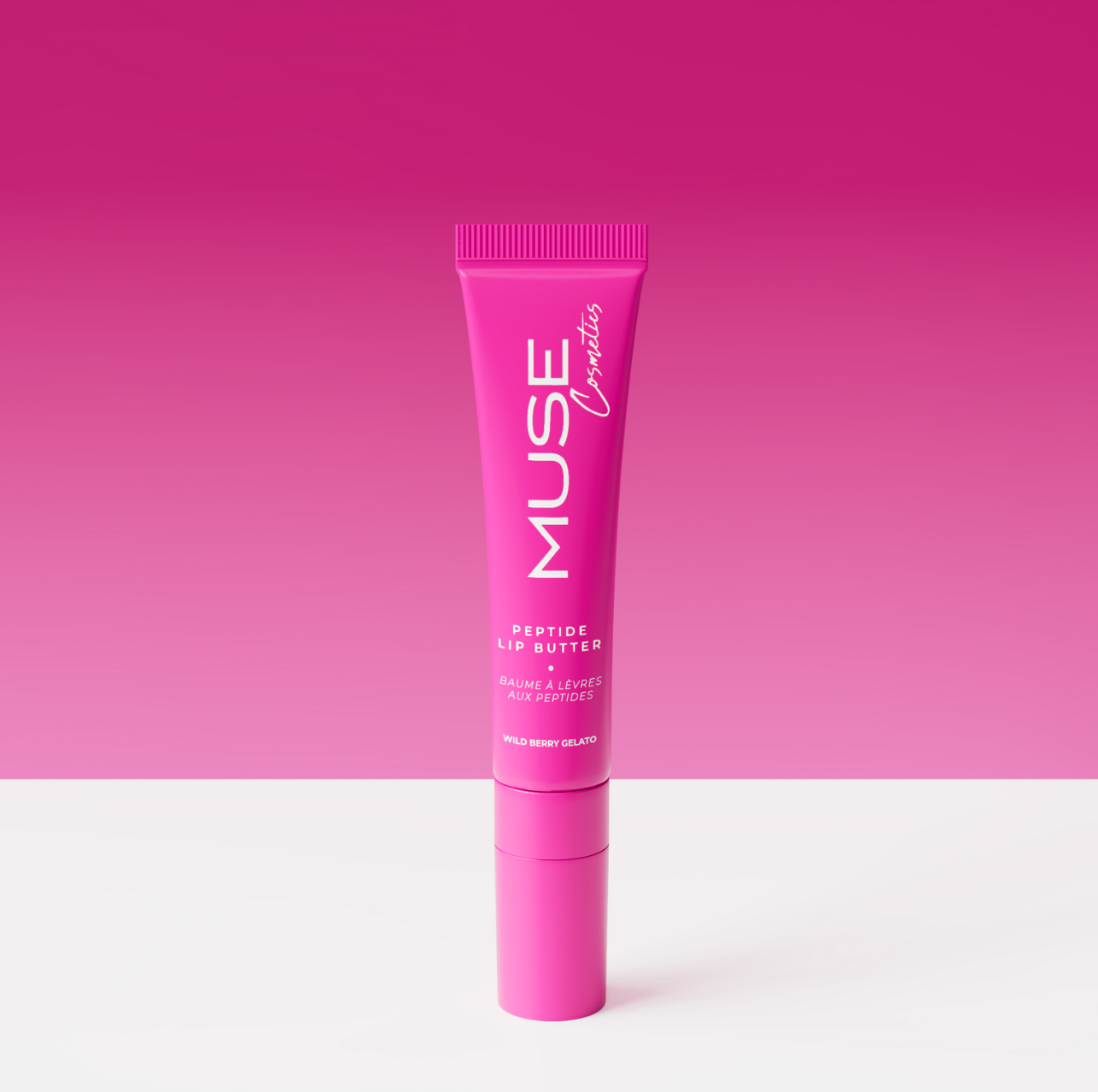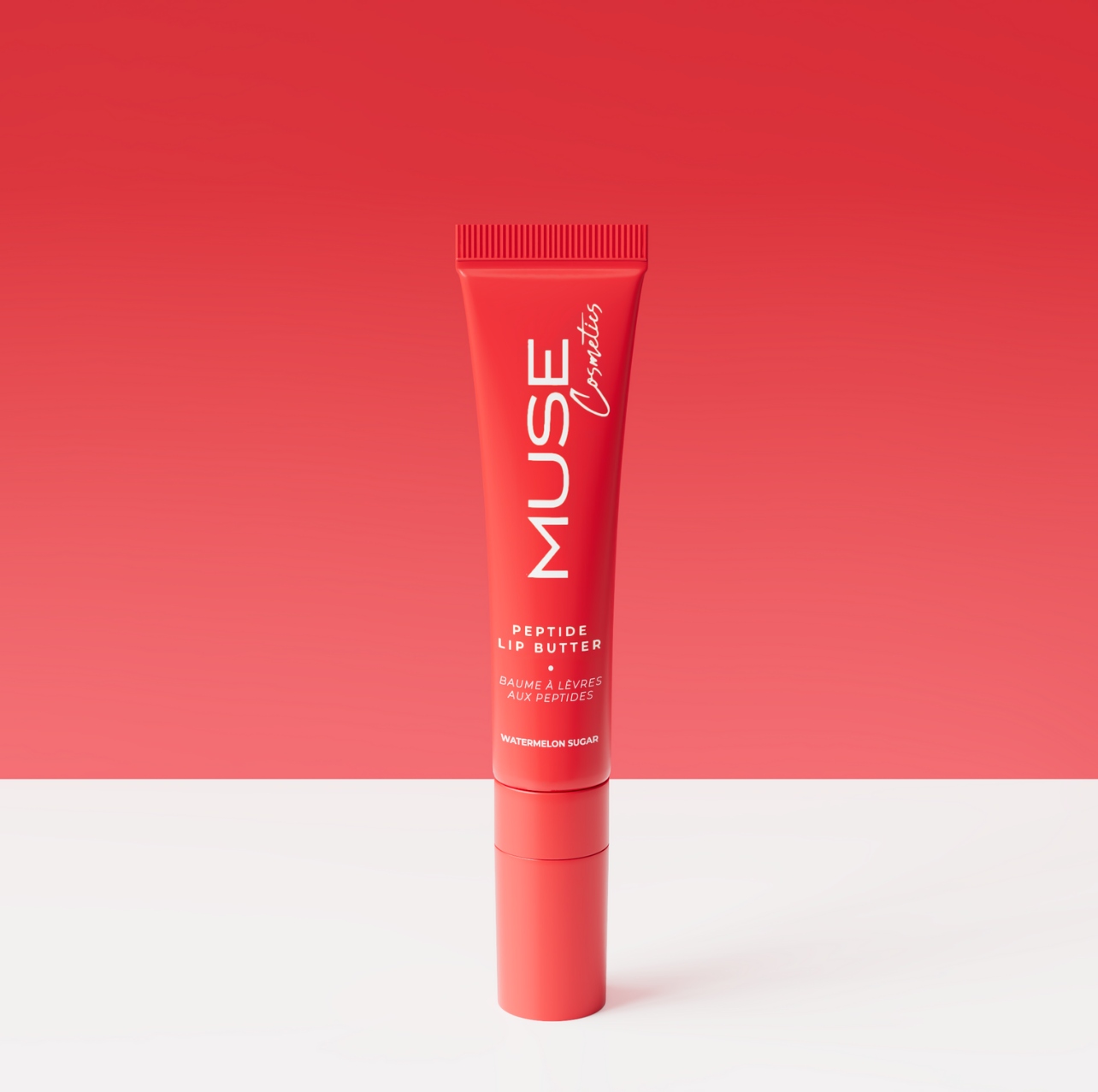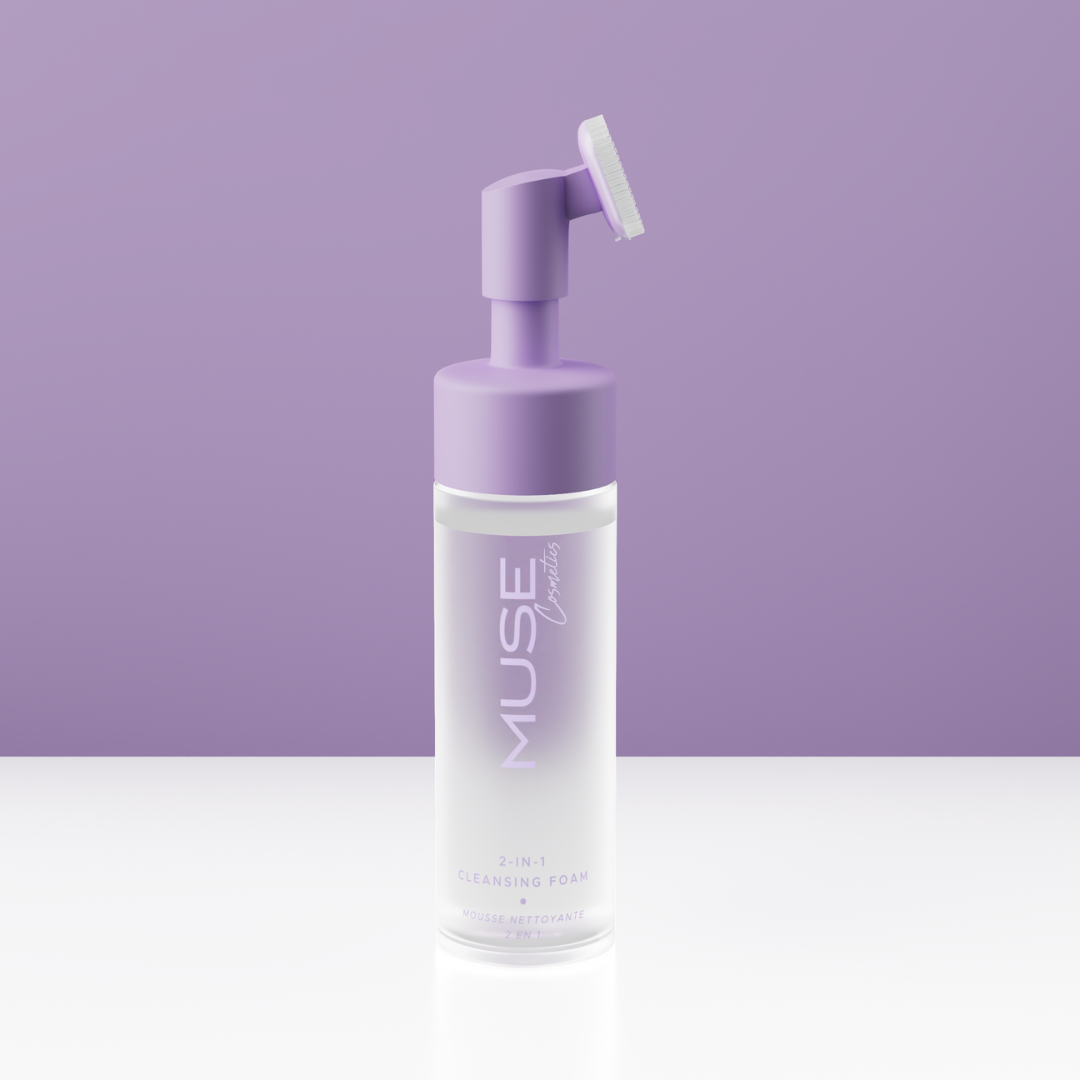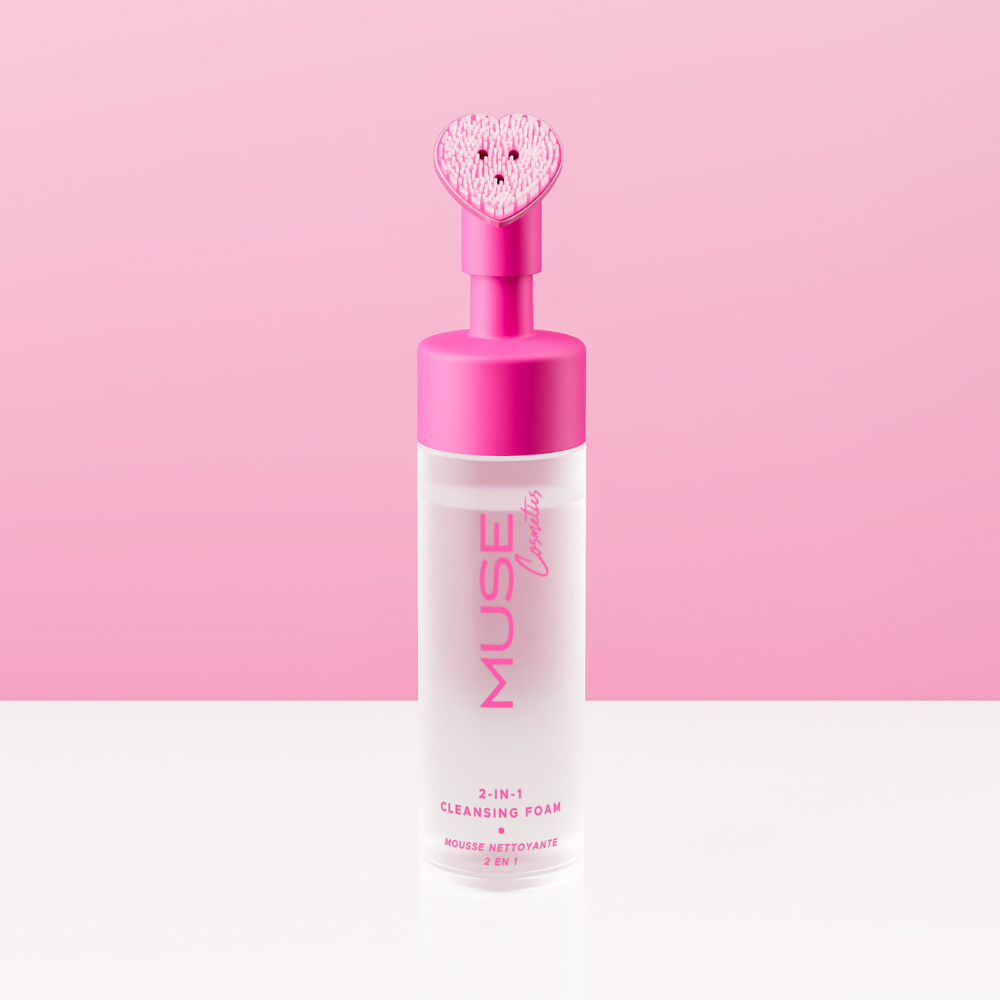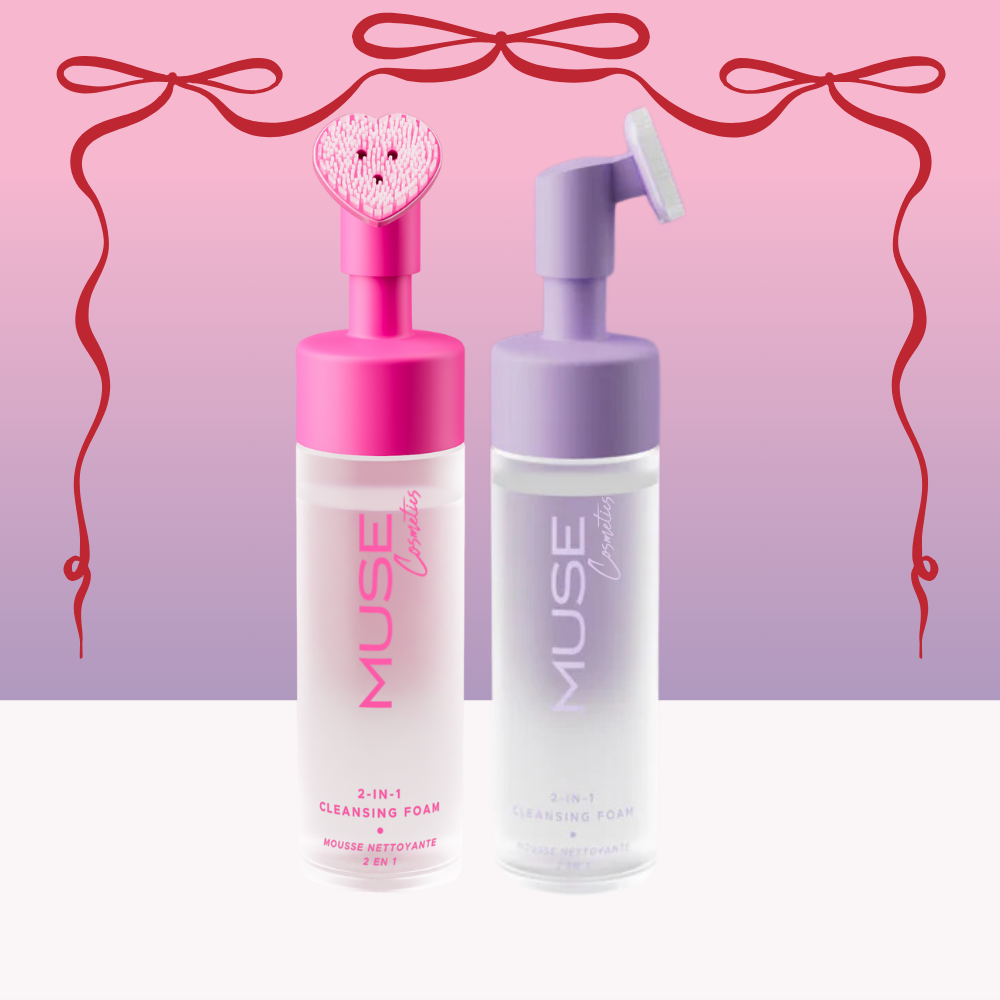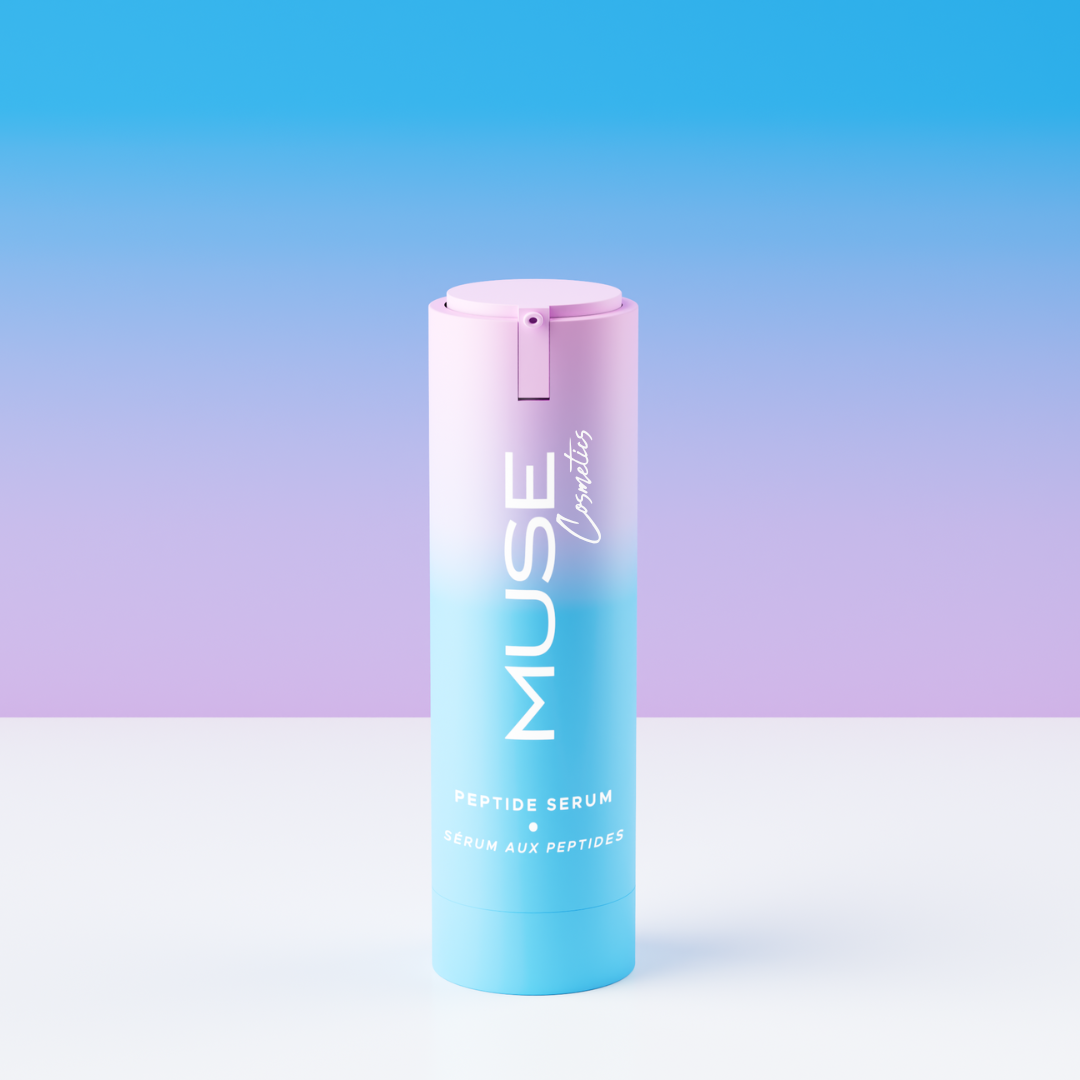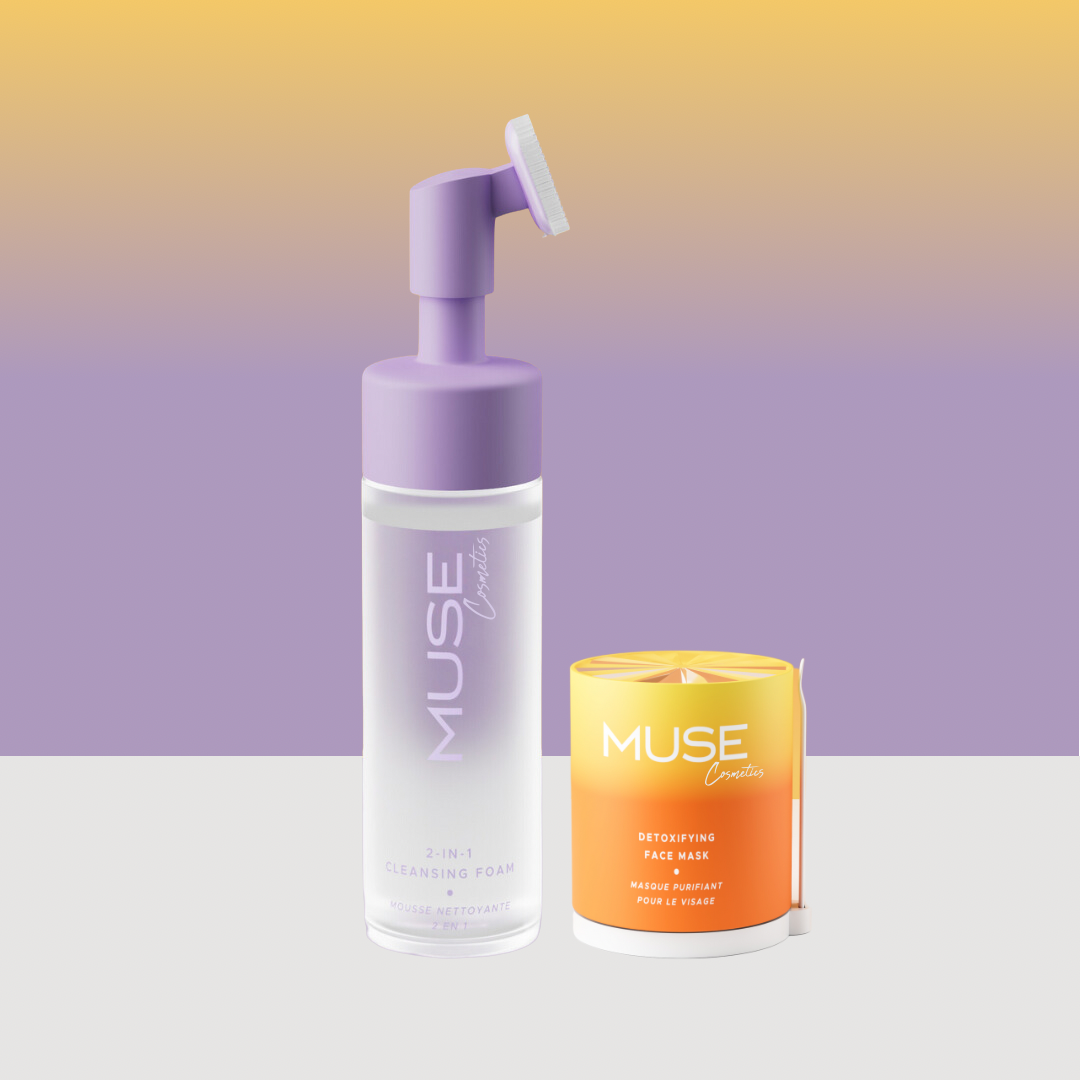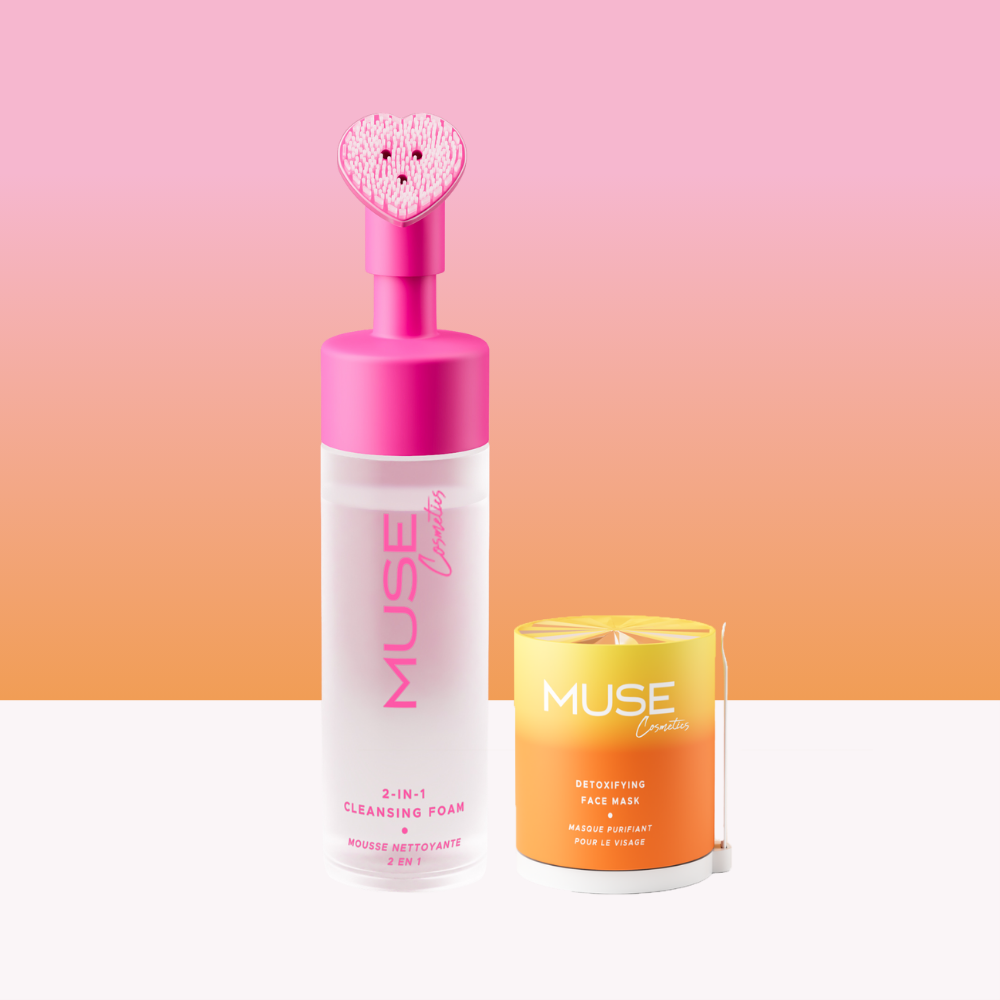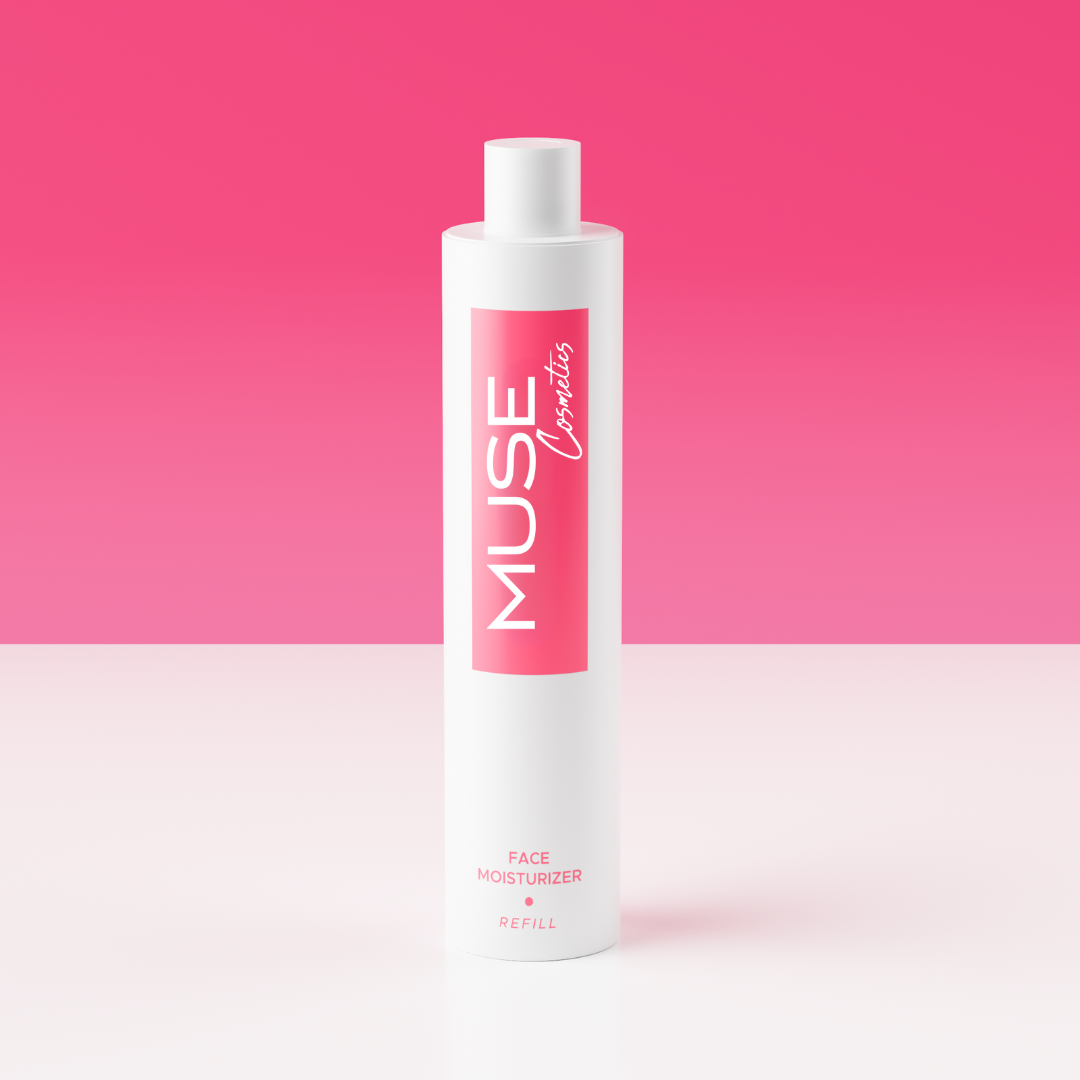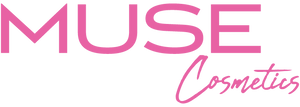TOGETHER IN CARE - MUSE x One of 8

"March is special for many reasons - it's Women's Month for me and it always motivates me to take care of myself even more. To pay special attention to myself and not only to my appearance.
I chose to get involved with the One in 8 charity initiative because I think it's so important to support causes that have a direct impact on people's lives. Breast cancer is not just a statistic; it affects millions of real women around the world - mothers, daughters, sisters and friends. Our Women's Day collaboration brings a message of hope, strength and community that resonates with our values as a brand. Through this initiative, as a brand that appeals primarily to a female audience, we want to express our solidarity and make a real contribution to improving the lives and well-being of those affected by this disease. Our desire is to help bring research, treatment and awareness that can save lives. We believe that even the smallest help can make a big difference and that together we can provide support to those who need it most."
Together with the "One in 8" Foundation we would like to invite you to do it too and not to postpone your breast examination for tomorrow! In this article, we will give you some important steps that will help you be more confident and responsible about your own health.
Globally, breast cancer ranks first among cancers in women. Increasingly, women under 30 are being diagnosed with the disease. The risk of developing breast cancer is higher in women who have not given birth or who have given birth to their first child after their 30th birthday, women who have not breastfed, women who have had an abortion, women who do not have regular sex, women with a maternal family history or a BRCA 1/ BRCA 2 gene mutation. If detected early, breast cancer is curable, so it is extremely important to check your breasts regularly, both with self-examination and with annual screening exams.
BREAST SELF-EXAMINATION/SELF-EXAMINATION.
A self-exam is the most affordable way to monitor yourself and check your breasts for early signs of breast cancer. Every woman should have a monthly breast self-exam after the age of 20. The best time to do a breast self-exam is the 14th day after your period starts, or the first week after your period ends. For menopausal women, the self-exam should be performed on approximately the same date each month. Follow the steps listed when doing a self-exam:
Step 1: VIEW
Chest examination. This is a very important part of the breast self-examination, as in some types of breast cancer the first signs are visual such as skin changes, change in shape, nipple alteration, darkening of the skin or crusting of the nipple due to discharge.
Linen inspection. It is necessary to thoroughly inspect the inside of your bra after removing it for traces of bloody, greenish, yellowish or brownish discharge.
View in front of a mirror. Stand in front of the mirror in the positions shown above and take a good look at both breasts. Note the shape, outline of each breast, any lumpiness, wrinkling, redness or nipple changes.
 Step 2: PALPATION OR PALPATION
Step 2: PALPATION OR PALPATION
The purpose of palpation is to feel changes that have occurred that are not usual for you. This could be a lump, a thickened area or something that feels completely different from any other area in your chest.
Upright palpation. Many women prefer to do self-examination in an upright position while in the shower, since the palms are wet and with the help of a little soap slide more easily over the skin. Stand in the position shown below. Using the undersurface of your fingers, begin to feel the breast with light pressure at first, gradually increasing it. Grope the breast in a circular, up-and-down, wedging motion. Do this the same way each time, checking the whole breast area and remembering the sensation from month to month. Use the left hand to examine the right breast and the right hand for the left breast.

Palpation in supine position. Lie down on a hard flat surface, place a pillow under one shoulder and place one hand under the nape of your neck. With the pads of the three middle fingers of the free hand, palpate the entire breast, including the nipple and armpit. Look out for lumps and lumps. To ascertain the condition of the lymph nodes, palpate with the opposite hand, keeping the arm slightly flexed. Note for the presence of a gasket or lump.

In addition to self-examination, it is important for women to see a mammologist once a year. In addition to the clinical examination, an ultrasonographic examination of the structure of the mammary glands should be performed, and mammography should be performed every 2 years in women over 40. If these rules are followed, breast tumours can be diagnosed at an early stage, enabling effective treatment. Three main methods are used for early detection of breast cancer:
Ultrasound, also called ultrasound or ultrasonography, is an imaging method in which images are obtained by sound waves. This method can distinguish whether a new breast lump is a solid tumour or a cyst. It is important especially in the age up to 40 years when mammography is not recommended.
Mammography is an imaging method in which images are obtained using low-dose X-ray radiation. This method is recommended for women over the age of 40.
Magnetic resonance imaging or MRI provides a detailed image of the breast, with very accurate results, and without irradiation. It is not used for routine examination. It can be done in cases of mammographic formation. It is performed as part of annual screening in women at high risk of breast cancer and in women who have had implants.
Factors associated with an increased risk of developing breast cancer include:
Gender - Women are much more likely to develop breast cancer than men;
Age - As you get older, your risk of developing breast cancer increases;
Preexisting breast diseases - Carcinoma in situ or atypical hyperplasia;
Breast cancer diagnosis - if you have had cancer in one breast, your risk of developing cancer in the other breast is increased;
Family history - grandmother, mother, sister or daughter diagnosed with breast or ovarian cancer, especially if diagnosed at a young age;
BRCA 1/ BRCA 2 gene mutation;
Exposure to radiation;
Overweight;
Smoking;
Alcohol abuse;
Early menstruation;
Late menopause;
Birth of first child after age 30;
Lack of completed pregnancy;
Taking hormonal preparations - to relieve menopausal symptoms and/or taking contraceptives.
PREREQUISITES FOR RISK REDUCTION
Go for regular preventive check-ups. Regular check-ups with a mammologist remain the surest way to diagnose breast cancer early.
Limit alcohol and cigarette use.
Try to maintain a healthy weight. Overweight and obesity are prerequisites for a higher risk when it comes to breast cancer, especially in postmenopausal women.
Maintain an active lifestyle. Physical activity will improve your quality of life in every aspect.
Breastfeeding. It is believed that the longer you breastfeed, the more the preventive effect against breast cancer grows.
Avoid radiation and contaminated environments.
The hectic everyday life often entangles us and our priorities become small things and everyday problems. This prevents us from paying attention to the really important things- health and care! Don't leave them for tomorrow.
You don't have to be one of 8to be One of Us.

